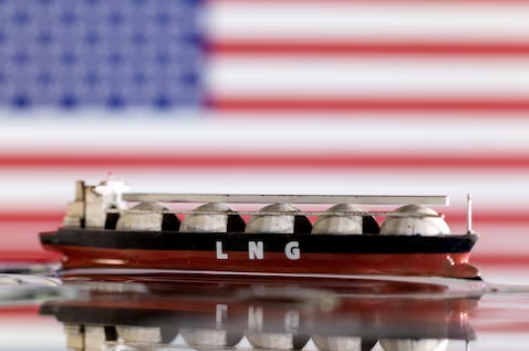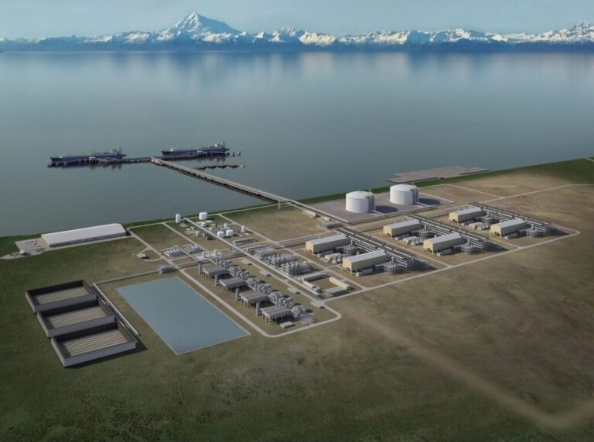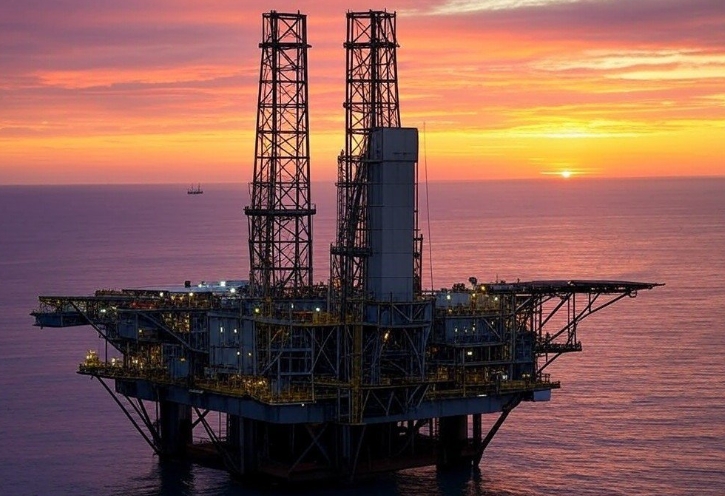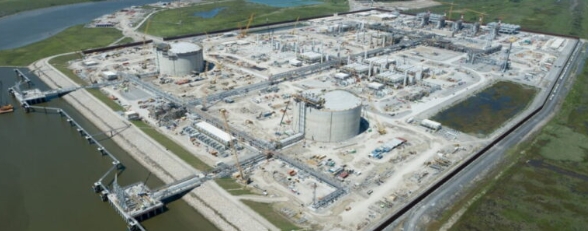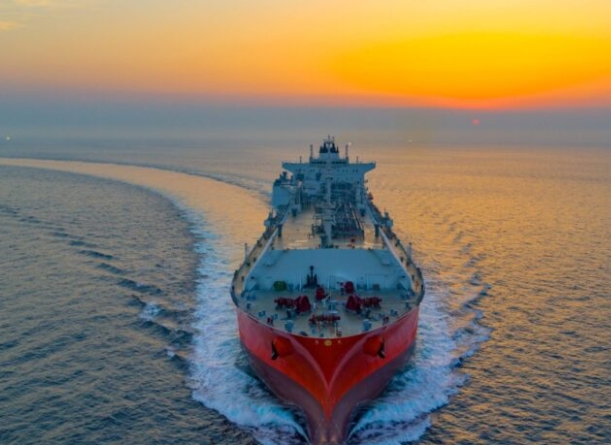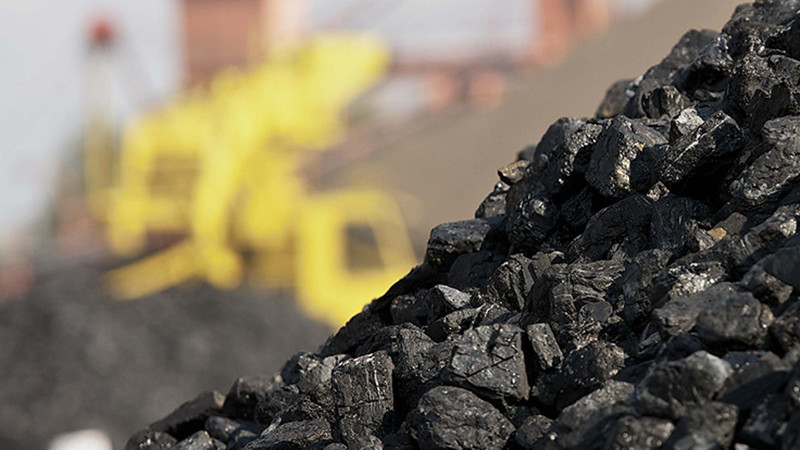
Many economies in the region are net oil importers and are set to come under “quite a lot of pressure,” Nafte told CNBC’s “Street Signs Asia” on Wednesday. He noted the recent spikes in commodity prices have been “much higher” than anticipated and could be potentially prolonged.
Commodity prices have surged since Russia invaded Ukraine, with oil prices hitting levels not seen since 2008. Russia is a major oil producer while Ukraine is a big exporter of other commodities such as wheat and corn.
Still, Indonesia could “actually do reasonably well” in the current environment due to its commodity-driven economy, according to Nafte, who is a senior economist at CLSA.
“More than 50% of their exports are derived from commodities, and now you’ve got a position where your commodity prices are going to stay higher for longer,” Nafte said.
He said, for example, Russia is currently the second largest supplier of coal to China and disruptions could push Beijing to turn to Indonesia to fill the gap.
“Indonesia’s going to benefit from the price effect but also in terms of volume,” Nafte said.
Thailand’s economy, on the other hand, sits at “the other extreme,” he said.
Current conditions present continued headwinds for exports and tourism, Thailand’s largest economic drivers, “through the rest of the year,” the economist said.
“This disruption to global trade will be a big headwind for exports,” he said. “In terms of the tourism revival, I think 2022 is too early. There’s still going to be a lot of issues.”
Thailand’s balance of payments also faces the “biggest vulnerability” among emerging Southeast Asian economies, he added.
“They had a big current account deficit last year because of that loss of tourism revenues, and their exchange rate looks particularly vulnerable,” Nafte said.
